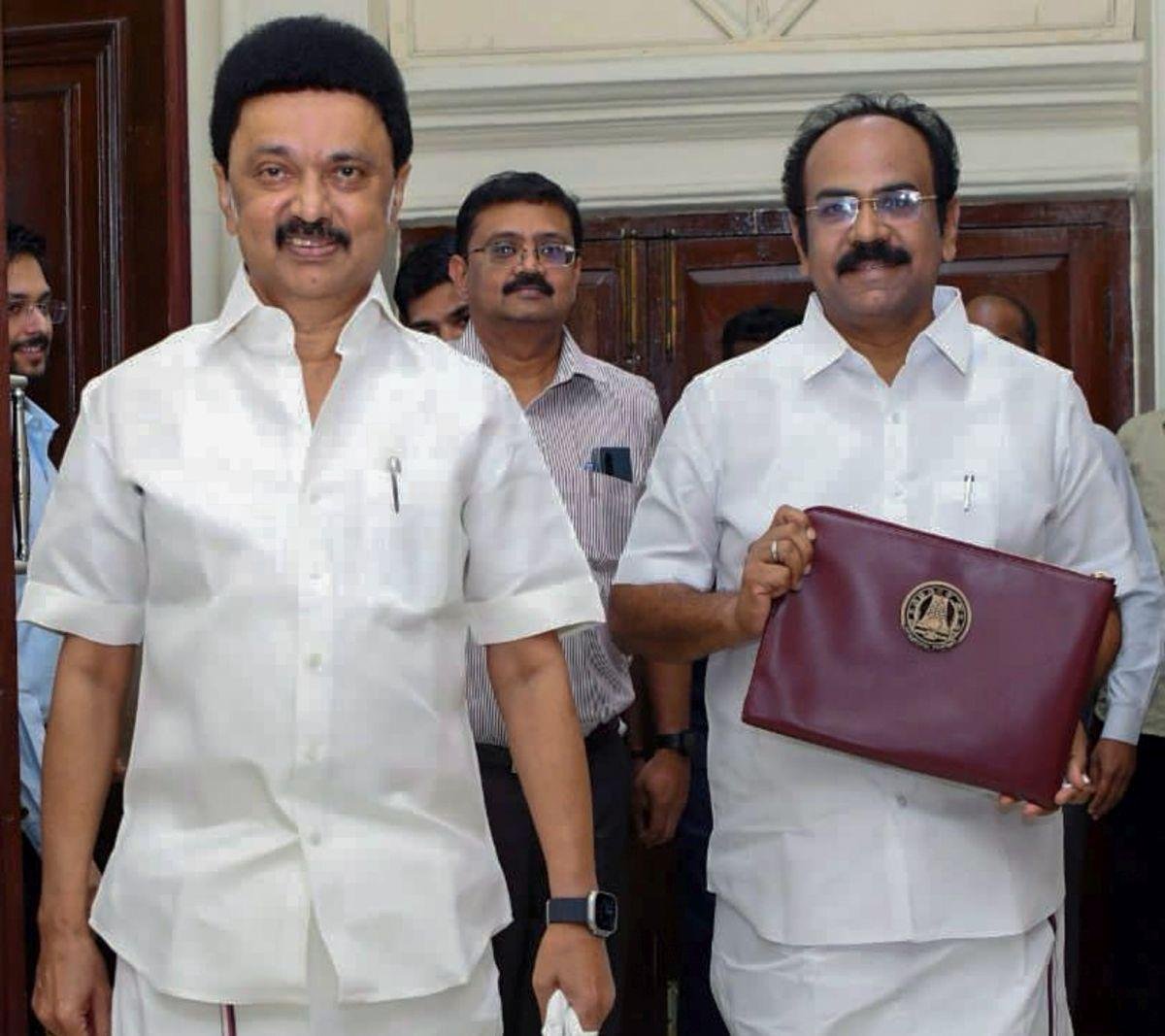The RBI is known for intervening in the forex market to manage the liquidity of the Rupee. The central bank’s intervention typically includes selling dollars to prevent a sharp depreciation of the Rupee and buying dollars when the Rupee is strong.
India’s foreign exchange reserves rose by a substantial USD 6.6 billion in the week ending on March 28, reaching USD 665.396 billion, according to the latest data released by the Reserve Bank of India (RBI). This marks the fourth consecutive week of gains, following a period of decline. The jump is the highest in nearly five months and signals a recovery after a downturn in the previous weeks.
Cumulative Increase in Reserves
The RBI data indicates that India’s forex reserves have increased by USD 20.1 billion over the past three weeks, with USD 6.6 billion added in the latest week alone. The continuous rise is attributed to renewed investor confidence after a period of uncertainty in the equity markets, which had caused earlier declines in reserves.
Experts suggest that the drops in previous weeks were due to foreign investors’ shaken confidence in the Indian equity markets, leading to weaker forex inflows. The current increase, however, is viewed as a sign of optimism in India’s economic outlook.
Breakdown of Foreign Exchange Reserves
As of March 28, India’s gold reserves stood at USD 77.793 billion, while foreign currency assets were recorded at USD 565.014 billion. The rise in forex reserves coincides with the appreciation of the Indian Rupee (INR), which strengthened by 0.6% against the US dollar during the same period. This appreciation is seen as a reflection of renewed foreign investment confidence in the Indian stock market.
RBI’s Role and Reserve Adequacy
The RBI is known for intervening in the forex market to manage the liquidity of the Rupee. The central bank’s intervention typically includes selling dollars to prevent a sharp depreciation of the Rupee and buying dollars when the Rupee is strong. The latest data shows that any potential declines in reserves may have been due to such interventions by the RBI.
India’s forex reserves are deemed sufficient to cover around 10-11 months of projected imports, ensuring a comfortable buffer against external shocks. The central bank has consistently managed to maintain a stable reserve level to safeguard the economy.
Performance in 2023 and 2024
In 2023, India’s forex reserves grew by USD 58 billion, contrasting sharply with a decline of USD 71 billion in 2022. In 2024, India added a little over USD 20 billion to its reserves, further bolstering confidence in its economic stability.
Foreign exchange reserves, or FX reserves, are held by a country’s central bank and consist primarily of reserve currencies such as the US dollar, Euro, Japanese Yen, and Pound Sterling. They play a crucial role in stabilizing the domestic currency and supporting the economy.
(With Inputs From ANI)
Also Read: PM Modi Inaugurates India’s First Vertical Lift Sea Bridge, Pamban, In Rameswaram On Ram Navami







